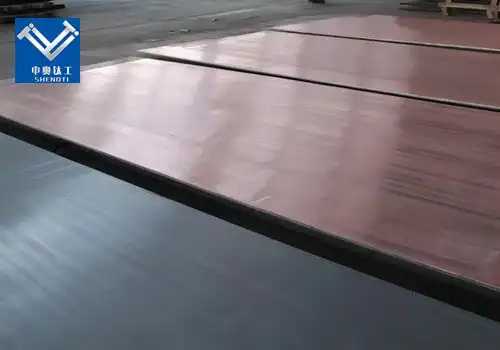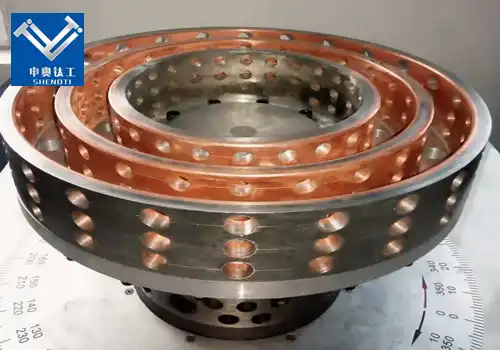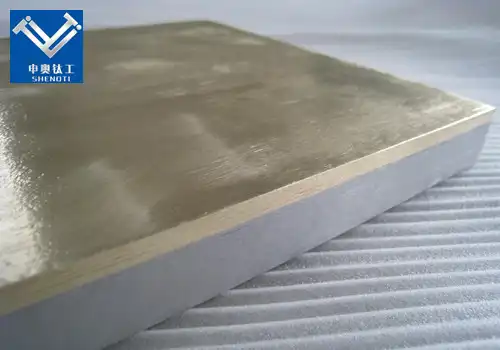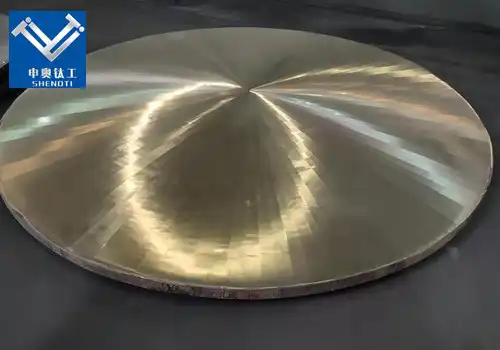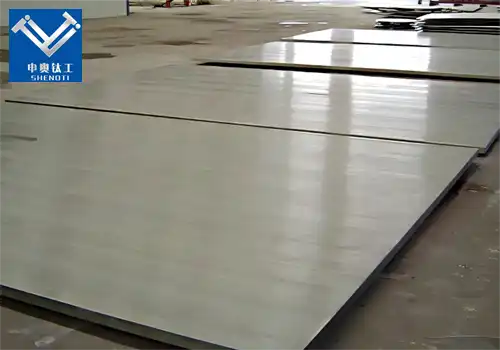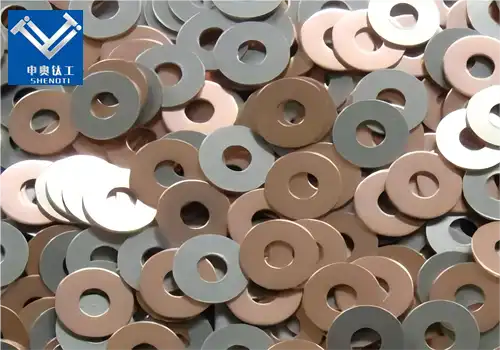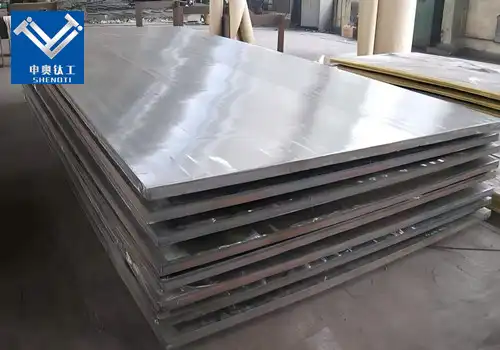
In Which Industries Are Copper Aluminum Copper Clad Plates Applied?
2025-05-14 17:21:47
In Which Industries Are Copper Aluminum Copper Clad Plates Applied?
Copper-Aluminum-Copper (CAC) clad plates, also known as three-layer metal composite panels, are engineered materials that combine the superior electrical and thermal conductivity of copper with the lightweight and cost-effective properties of aluminum.
What Are the Primary Industries Utilizing Copper-Aluminum-Copper Clad Plates?
1. Electronics and Electrical Engineering
CAC clad plates are extensively used in the electronics industry, particularly in the manufacturing of printed circuit boards (PCBs). The copper layers provide excellent electrical conductivity, while the aluminum core offers lightweight and cost-effective benefits. This combination is ideal for high-performance electronic devices where efficient heat dissipation and electrical performance are critical.
In power electronics, CAC clad plates are employed in components such as connectors, switches, and circuit breakers. Their ability to handle high currents and dissipate heat effectively ensures reliable performance in demanding applications.
2. Automotive Industry
The automotive sector benefits from CAC clad plates in various applications, including electric vehicle (EV) battery systems, control units, and power distribution components. The lightweight nature of aluminum contributes to overall vehicle weight reduction, enhancing fuel efficiency, while the copper layers ensure efficient electrical conductivity.
In EVs, CAC clad plates are used in battery modules and busbars, where they facilitate efficient power transmission and thermal management. Their ability to withstand high temperatures and currents makes them suitable for the rigorous demands of automotive applications.
3. Power Generation and Distribution
In power generation, CAC clad plates are utilized in condenser tubes and heat exchangers to maximize heat transfer efficiency. The copper layers provide excellent thermal conductivity, while the aluminum core offers structural support and cost savings. These properties make CAC clad plates ideal for use in steam condensers and other high-temperature environments in power plants.
For power distribution, CAC clad plates are employed in electrical busbars and transformers. Their high conductivity ensures efficient electrical transmission, while the aluminum core reduces weight and material costs. This combination is particularly beneficial in industrial and power grid applications where durability and performance are paramount.
4. Telecommunications
The telecommunications industry utilizes CAC clad plates in the construction of coaxial cables, grounding rods, and antennas. The copper layers provide excellent signal transmission capabilities, while the aluminum core offers lightweight and corrosion-resistant properties. This combination ensures reliable performance in various communication systems.
5. Construction and Architecture
In the construction sector, CAC clad plates are used for electrical wiring, grounding systems, and lightning protection. Their durability and corrosion resistance make them suitable for long-term applications in buildings and infrastructure. Additionally, CAC clad plates are employed in architectural elements such as roofing and cladding materials, providing both aesthetic appeal and functional benefits.
How Do Copper-Aluminum-Copper Clad Plates Enhance Thermal Management in Electronic Devices?
Thermal management is a critical aspect of electronic device performance and longevity. CAC clad plates play a vital role in dissipating heat generated by electronic components, ensuring devices operate within safe temperature ranges.
1. High Thermal Conductivity
Copper is renowned for its high thermal conductivity, allowing efficient heat transfer away from heat-generating components. In CAC clad plates, the copper layers facilitate rapid heat dissipation, while the aluminum core contributes to overall thermal management. This combination is particularly beneficial in high-power applications such as power electronics and LED lighting systems.
2. Lightweight and Cost-Effective
The inclusion of aluminum in CAC clad plates reduces the overall weight of the material, which is advantageous in applications where weight is a concern, such as aerospace and automotive industries. Additionally, aluminum is more cost-effective than copper, making CAC clad plates a more economical choice without compromising performance.
3. Enhanced Reliability
By effectively managing heat, CAC clad plates help prevent thermal damage to electronic components, thereby enhancing the reliability and lifespan of devices. This is crucial in applications where consistent performance is essential, such as medical devices and industrial equipment.
What Are the Advantages of Using Copper-Aluminum-Copper Clad Plates Over Traditional Materials?
CAC clad plates offer several advantages over traditional materials, making them a preferred choice in various applications.
1. Improved Electrical and Thermal Performance
The combination of copper and aluminum in CAC clad plates results in superior electrical and thermal conductivity compared to materials made solely of aluminum or steel. This makes them ideal for applications requiring efficient energy transmission and heat dissipation.
2. Weight Reduction
The aluminum core in CAC clad plates significantly reduces the overall weight of the material, which is beneficial in industries such as automotive and aerospace, where weight reduction is critical for performance and fuel efficiency.
3. Cost Efficiency
By combining copper and aluminum, CAC clad plates offer a cost-effective solution without sacrificing performance. Aluminum is less expensive than copper, and using it as the core material reduces the overall cost of the clad plate.
4. Corrosion Resistance
The copper layers in CAC clad plates provide excellent corrosion resistance, extending the lifespan of components and reducing maintenance costs. This is particularly important in harsh environments such as marine and industrial applications.
5. Versatility
CAC clad plates can be customized to meet specific application requirements, including varying thicknesses and layer configurations. This versatility allows for their use in a wide range of industries and applications.
Conclusion
Copper-Aluminum-Copper clad plates are versatile materials that offer a unique combination of electrical conductivity, thermal management, lightweight properties, and cost efficiency. Their applications span across multiple industries, including electronics, automotive, power generation, telecommunications, construction, and more. By understanding the benefits and applications of CAC clad plates, manufacturers and engineers can make informed decisions to enhance the performance and reliability of their products.
YOU MAY LIKE











